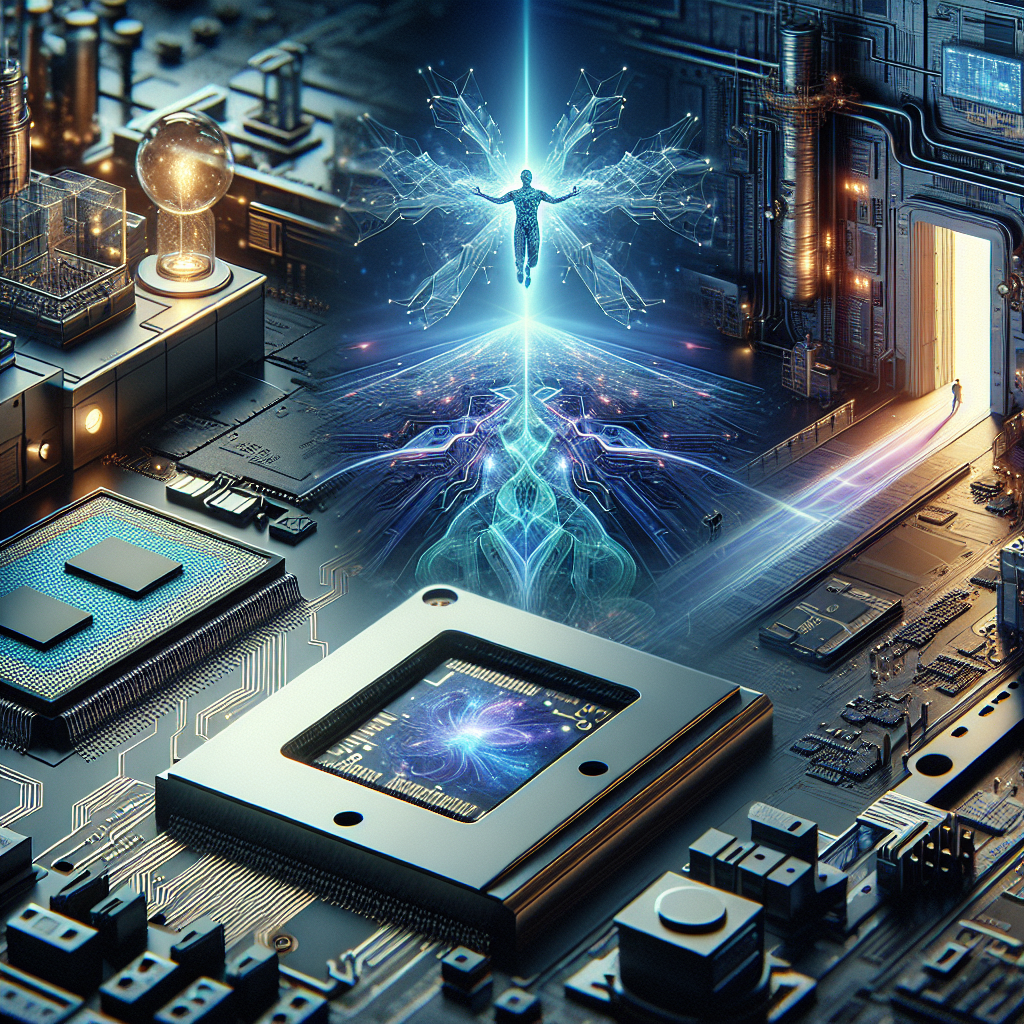NAND flash technology has become a critical component in modern electronics, powering everything from smartphones and laptops to data centers and autonomous vehicles. As the demand for faster, more efficient storage solutions continues to grow, researchers and manufacturers are constantly pushing the boundaries of NAND flash technology to meet these evolving needs.
One of the key advancements in NAND flash technology is the development of 3D NAND, which allows for greater storage capacity and improved performance compared to traditional planar NAND. By stacking memory cells vertically, 3D NAND can achieve higher densities and reduce the footprint of storage devices, making it an ideal solution for mobile devices and data centers where space is limited.
Another major innovation in NAND flash technology is the move towards multi-level cell (MLC) and triple-level cell (TLC) NAND, which can store multiple bits of data per cell, increasing storage capacity and lowering costs. These advancements have made NAND flash more affordable and accessible for a wider range of applications, from consumer electronics to enterprise storage solutions.
In addition to increasing storage capacity and performance, researchers are also exploring new ways to improve the reliability and longevity of NAND flash technology. This includes developing error correction algorithms, wear-leveling techniques, and advanced controllers to prolong the lifespan of NAND flash devices and reduce the risk of data loss.
Looking ahead, the future of NAND flash technology is likely to be shaped by further advancements in 3D NAND, as well as the development of emerging technologies such as quad-level cell (QLC) NAND and resistive RAM (ReRAM). These innovations have the potential to revolutionize the storage industry, offering even higher capacities, faster speeds, and lower power consumption.
Overall, the future of NAND flash technology looks bright, with ongoing advances and innovations driving the industry forward. As demand for faster, more efficient storage solutions continues to grow, NAND flash technology will play a crucial role in powering the next generation of electronic devices and data storage systems.


Leave a Reply